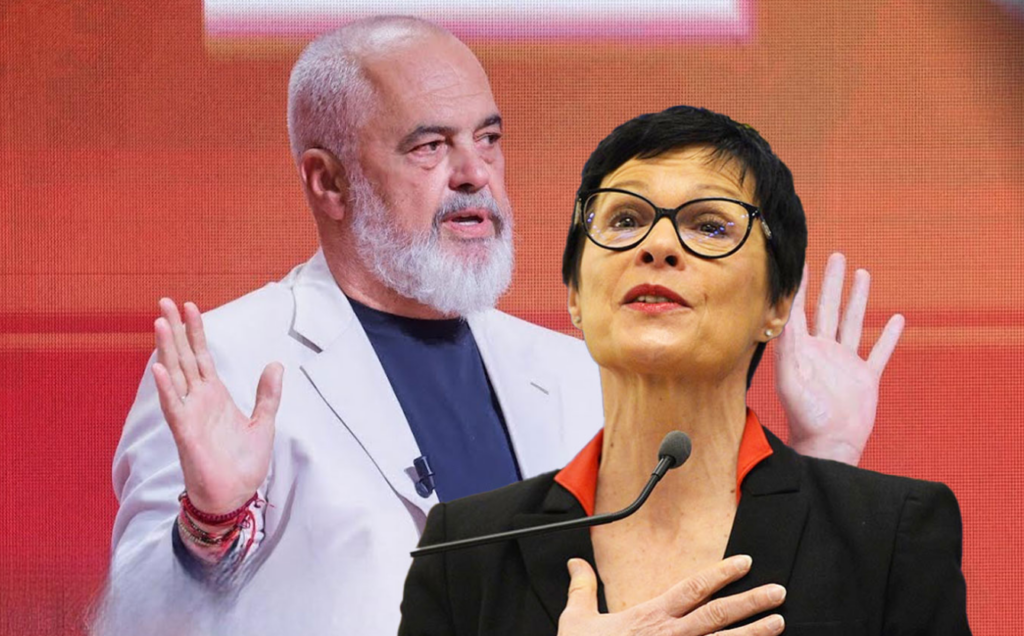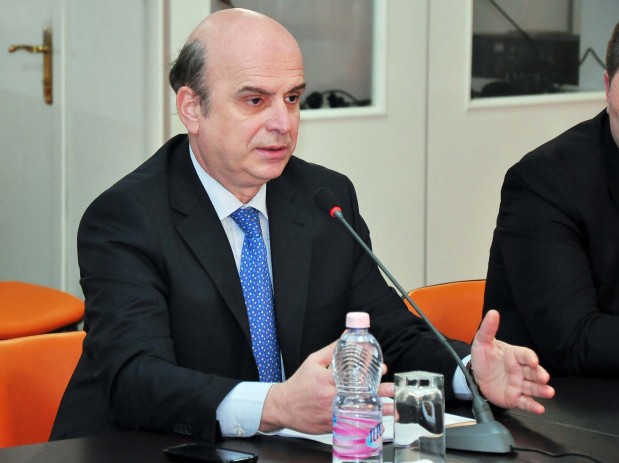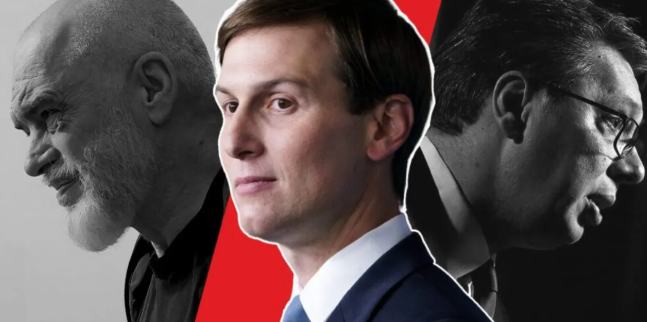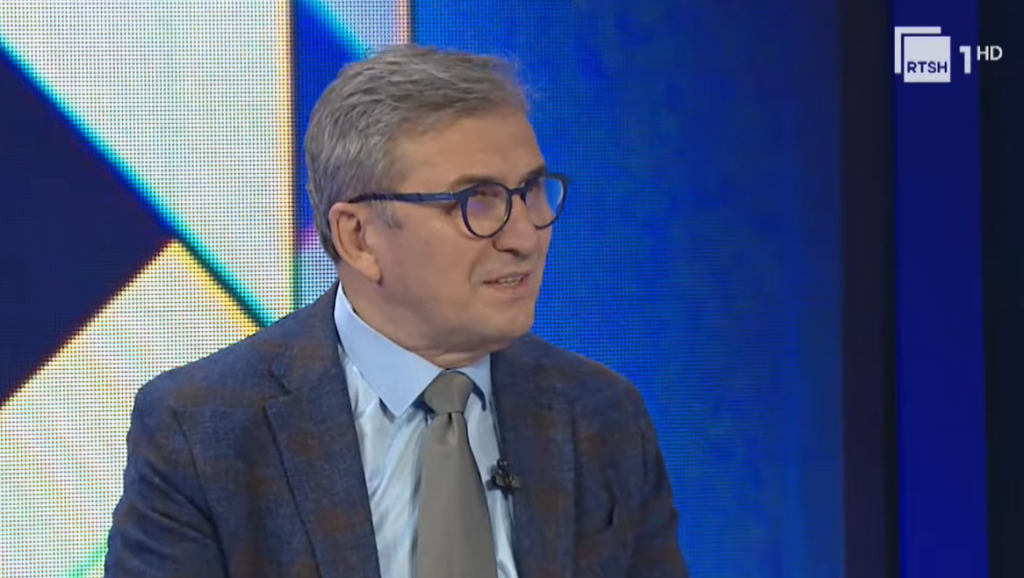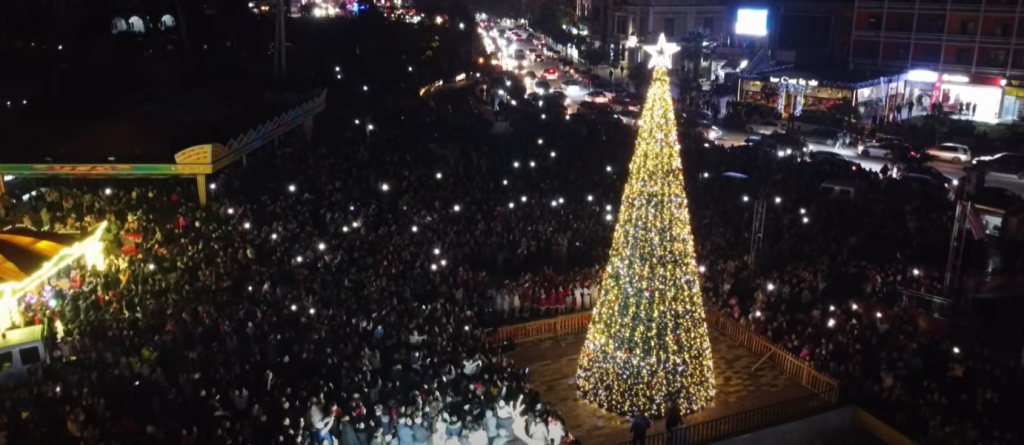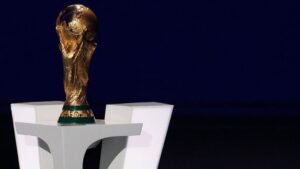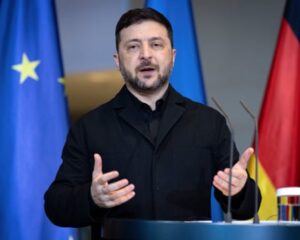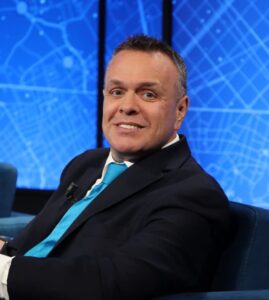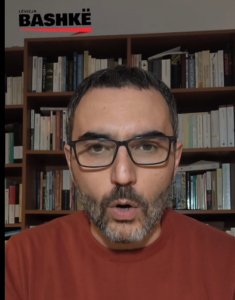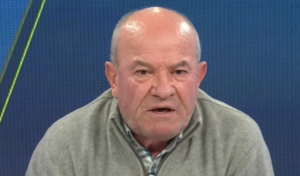Virgin Galactic crash investigators are a long way from finding the cause
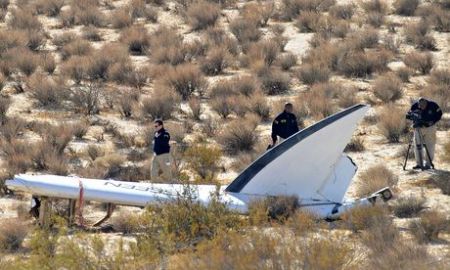
US crash investigators are trying to establish how a braking system that should only be used during re-entry to the Earth’s atmosphere was activated prematurely moments before the Virgin Galactic space plane tore apart over the Mojave desert during a test flight on Friday.
The company’s SpaceShipTwo disintegrated two seconds after camera footage from the cockpit showed the co-pilot, 39-year-old Michael Alsbury, who was killed in the accident, unlock the safety mechanism for the braking system as the space plane hurtled through the sound barrier. A second pilot, Peter Siebold, 43, parachuted from the plane and is receiving treatment for his injuries in hospital.
The “feathering system”, which rotates the space plane’s huge tail booms upwards to slow and stabilise its descent, should not have been unlocked until the craft had reached a speed of Mach 1.4, considerably faster than it was flying at the time. But unlocking the system alone should not have caused the catastrophe.
The puzzle the investigation team is wrestling with now is what happened next: after the feathering system was unlocked, the tail booms moved promptly into their braking position without either of the pilots operating the lever that is supposed to move them.
“How and why that happened is something we are definitely trying to understand,” a spokesman for the National Transport Safety Board told the Guardian. Experts from the NTSB spent Monday conducting more interviews and searching for further debris from the space plane, which scattered over 8km of the Californian desert. Parts of the plane have already been removed to a hangar for inspection.
With permission from his doctors, the NTSB will interview Peter Siebold at hospital in the hope that his testimony can help build up a picture of what led to the mid-air disaster. SpaceShipTwo had been released from the belly of its carrier aircraft at around 45,000 feet and was accelerating normally under rocket power when the accident happened.
Though crash investigators drew attention to the premature deployment of the feathering system, Christopher Hart, the acting chairman of the NTSB, stressed that they were not stating it was the cause of the crash. “We are a long way from finding the cause. There’s a lot we don’t know,” he told reporters at a briefing in California late on Sunday night.
The investigation is looking into whether pilot error was a factor in the accident, but has yet to rule anything out. The design of the space plane will come under scrutiny and the investigation will look in particular at training issues, pressures to continue testing and the safety culture at Sir Richard Branson’s Virgin Galactic.
NTSB investigators have already found most of the wreckage needed to complete their assessment. Because the crash happened during a test flight, the space plane was fitted with cameras in the cockpit and elsewhere and was filmed from the air and ground. Other sensors onboard the craft relayed information to ground crew throughout the flight or stored it on chips that the NTSB hopes to analyse, even if they are damaged.
Among the debris of SpaceShipTwo recovered from the Mojave desert, investigators found the fuel tanks and rocket engine intact. The tanks showed no signs of being breached or burned through, despite claims in some media reports that the space plane had exploded.
Peter Siebold, the pilot who survived the crash, could be released from hospital in the next few days, Branson said on Monday.
The Virgin Galactic chief went on to express his dismay at some of the UK press coverage of the accident over the weekend. “It was quite hurtful for the 400 engineers at Virgin Galactic that so many self-proclaimed experts were reeled into the Sunday newspapers to say what caused the explosion and why an explosion was inevitable to happen, when in fact there was no explosion and the fuel tanks are fine and the rocket engines are fine,” he told the BBC.
“I’ve never seen so much irresponsible and damaging innuendo that was written, and I was grateful for the NTSB to come out very strongly last night to say the engines and fuel tanks were completely intact,” he said in an interview with Sky News. “It was insulting. The press were talking about massive explosions, they were talking about people ejecting out. We don’t have ejector seats. It was the British press at its worst, and some of them should hang their heads in shame.”
Branson went on to say that he would not fly members of the public before he and his family had flown on the space plane. “We must push on. There are incredible things that can happen with mankind being able to explore space properly,” he told Sky News.
Will Whitehorn, former chair of Virgin Galactic, said that control surfaces on aircraft behave differently to normal when they go through the sound barrier, but he cautioned against speculating on the sequence of events that led to the crash until the NTSB had completed its investigation.
“This has been, and remains, the biggest test flying program ever in commercial history. It’s a bigger program of flights than Concorde had, the only other commercial supersonic vehicle ever developed, because Virgin never wanted anything like this to happen in commercial service,” he said.
“We are not facing a catastrophic design fault in the whole vehicle or in its propulsion system. My feeling is that we are dealing with the kinds of things that have led to the accidents we have seen since the 1970s during test flight programs, which are relatively intellectually easy to fix to make the vehicle safe. For that reason I’d say this is not going to lead to the end of this project, unless Virgin decided not to carry on anyway for other reasons.”
 KOHA JONË SONDAZH
KOHA JONË SONDAZH










